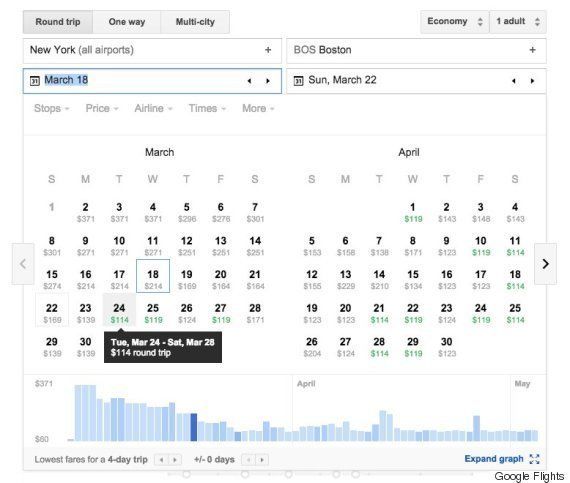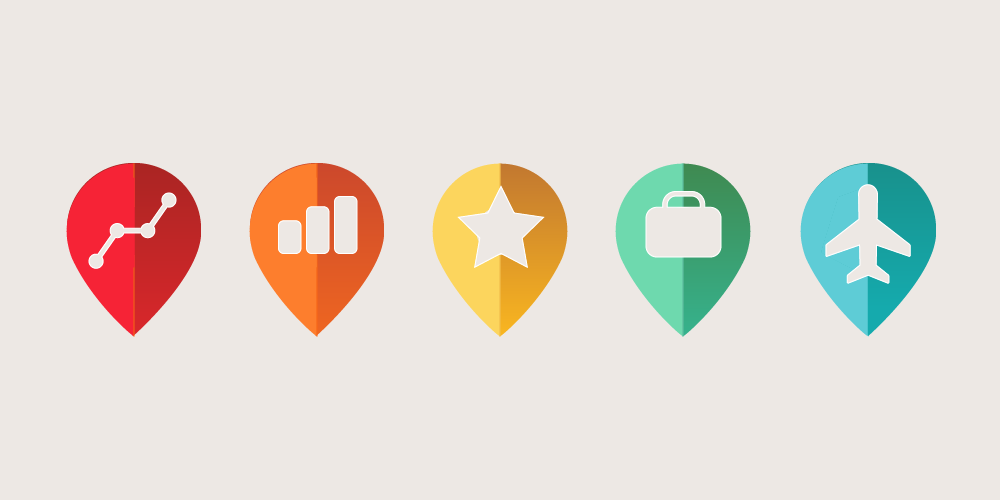What is data-driven decision making?
hen you use data to make a decision rather than relying on intuition or personal experience, you’re making a data-driven decision. In clinical practice, we rely on evidence to choose a treatment plan. In improvement work, it can be more complicated. Oceans of data exist in healthcare, but what is the right data to improve value?
Data from multiple sources helps us to objectively analyze cause and effect relationships and consider potential unintended consequences. Our friends at Google have mastered this technique.
1. Use "Google Maps"
You’ve heard of it, and probably already use it, but do you know how it works? Google Maps uses crowdsourcing of road congestion data from GPS enabled smartphones and reports it back in real time to its users. That’s data-driven (and slightly creepy).
Driving over the holidays and want to beat the rush? Waze is a traffic app backed by Google analytics, that has analyzed holiday travel data from the past year to predict the worst times to drive. Check out their blog for holiday travel. 2016 data isn’t up quite yet, but in 2015, Christmas day was the best day for travel (not a day earlier or later).
Like Google Maps, Waze also relies on crowdsourcing road congestion data from GPS enabled smartphones and reports it back in real time to its users. But Waze takes it a bit further by asking users to take a more active role by sharing road reports on accidents, police traps, or any other hazards along the way, helping to give other users in the area a “heads-up” about what’s to come.
Opted to fly rather than drive this season? Use Google Flights features to keep you better informed than a travel agent. We loved the Huffington Post’s “7 Great Google Flights Tricks” :
- Get alerts when prices are about to skyrocket.
- Don’t know where to go? Search for a general region, and see a map of specific flight prices.
- Or go with “I’m feeling lucky” to let Google plan your dream trip.
- Google will tell you which flight is the best bang for your buck.
- It will also show you the lowest price for any given day on the calendar.

- Automatically see swaps that save you money.
- Once you find a potential flight, let Google monitor the price for you.
No matter where you're going this holiday, use data-driven decision making to save money, time and of course, your sanity.
Cindy Spangler
Every summer, Utahns head to the mountains for camping, biking, rafting and other activities. And every summer, many a family is left without a stove, or a helmet, or a…because it was left at home. Thrill-seeker and quality manager Cindy Spangler wants to prevent your next packing mishap with a customized camping checklist.
Utah's value engineers turn any real-world event into a cause for improvement. Recently, senior value engineer Will McNett and a friend were swept up in an avalanche, traveling 50 yards down the southeast face of Albright Peak in Grand Teton National Park. What many would consider terrifying, Will considered a cause for observation, investigation, analysis, and improvement.
Every Thanksgiving, Accelerate’s Marcie Hopkins makes not just one, but multiple pies to enjoy. To maximize efficiency, she teamed up with Farmington manager Matt Sanford to design the perfect process. And—of course—there’s a health care application as well.
